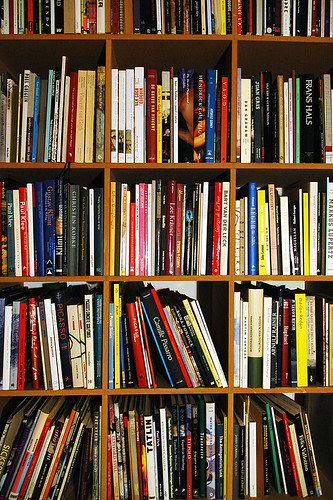“What unity there is in an electronic text derives from the perpetually shifting relationship among its verbal elements. What unity there is in the audience for that text comes from the momentary constellation of different economic and cultural “special interests.”” (Bolter, 2001, p.12)
To me this quote highlights the co-dependence between text and verbal communication. The comment about the shift in relationship seems to indicate that there is change and fluidity in text so that it is able to represent the verbal communication among people in society. This leads to the conclusion that with the acceptance of digital text as the most common form of text communication, its fluidity and ease of change will best be able to represent and respond to the changes in verbal communication. This may have the added effect of connecting individuals with others who are seeking communication with like minded peers.
References:
Bolter, J.D. (2001). Writing Space: Computers, hypertext, and the remediation of print. New York, NY: Routledge.





